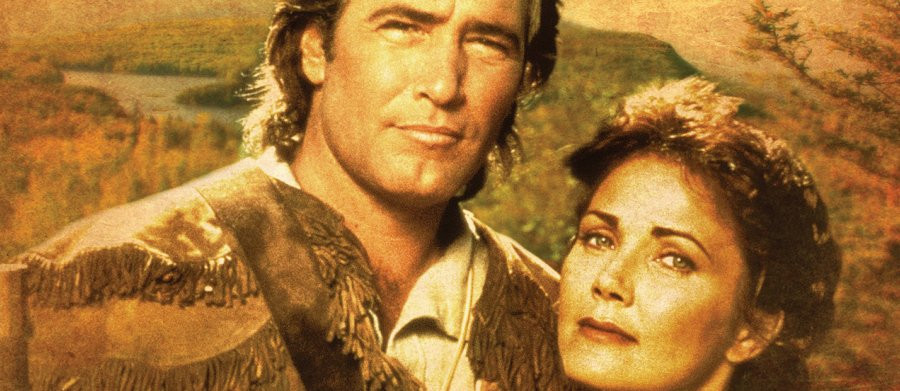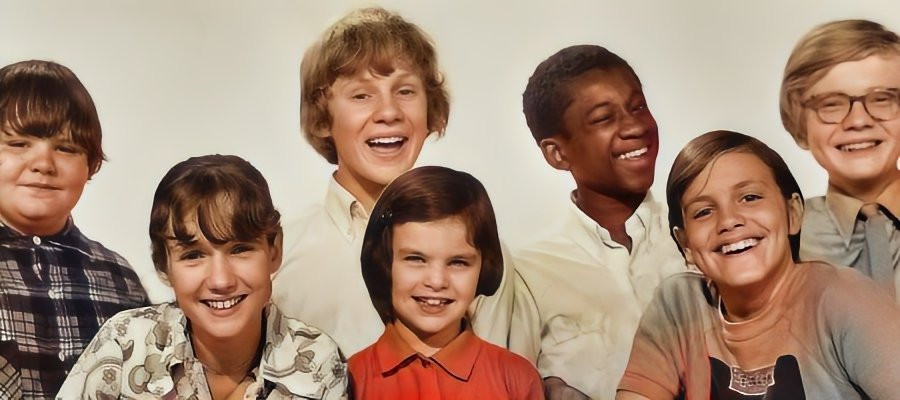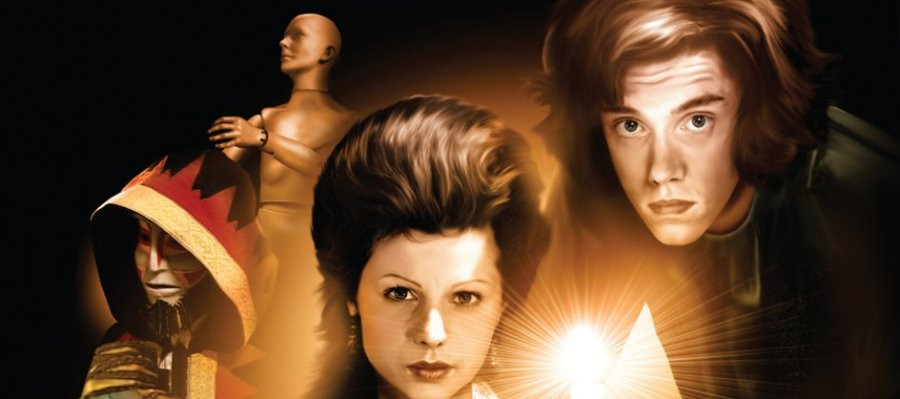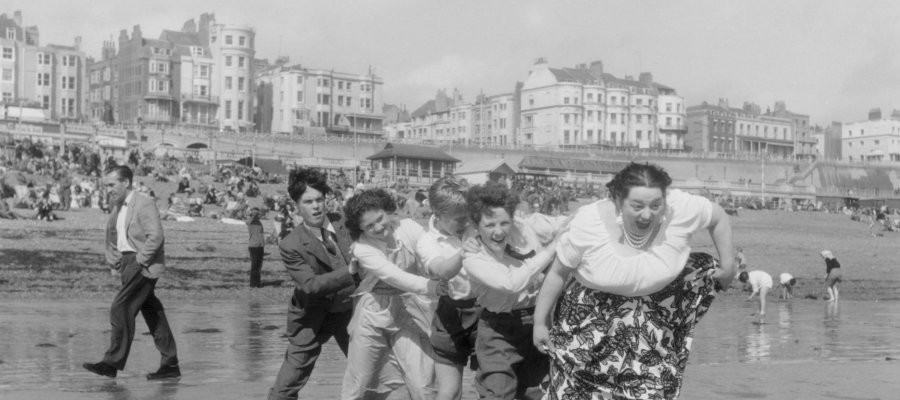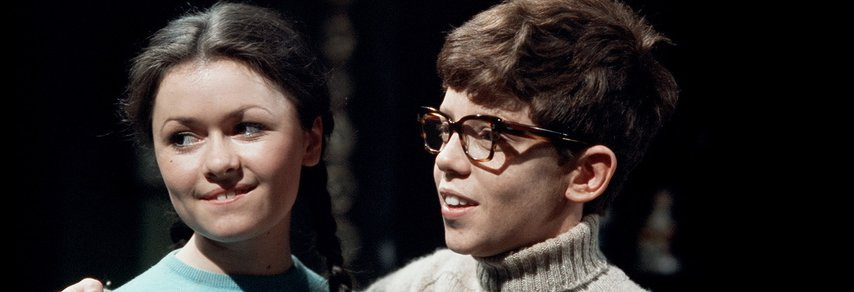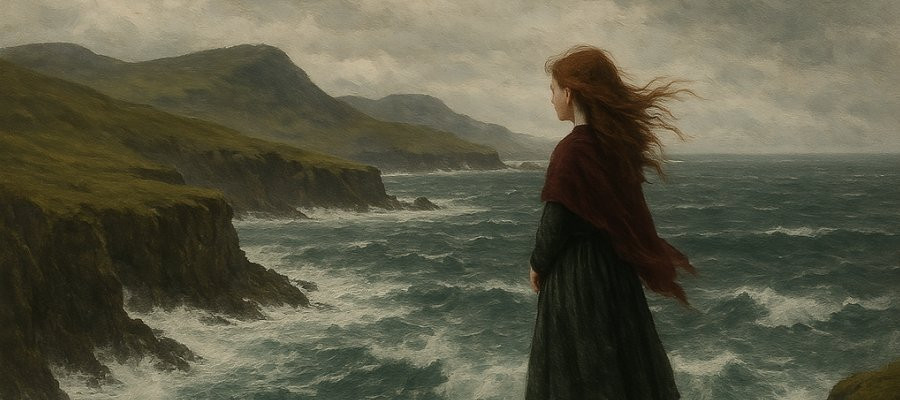
The Witch's Daughter
1971 - United KingdomFirst published in 1966, The Witch’s Daughter by Nina Bawden is a thoughtful and compelling children’s novel set on the remote and windswept Scottish island of Skua. The story centres on a lonely girl named Perdita, unfairly ostracised by her community, and the two visiting children who slowly begin to change her life.
Perdita has lived a quiet, isolated existence ever since the islanders branded her "the witch’s daughter"—a cruel legacy stemming from local superstition and tragedy. Her mother, who died under mysterious circumstances, is believed to have cursed the sea, a vital part of the islanders' livelihood. As a result, Perdita is shunned, lives in a dilapidated house by the loch, and doesn’t attend school. Her only regular companion is Annie, the housekeeper, as the owner of the house, Mr Smith, is often absent and cold towards her when present.
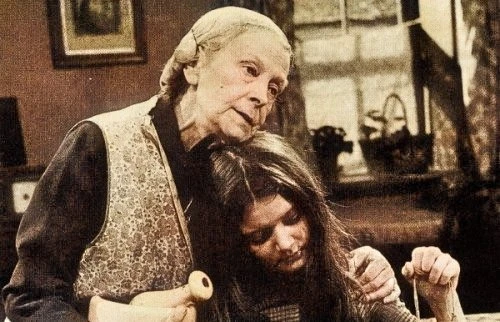
The story shifts when Janey, a blind girl, and her older brother Tim arrive on the island with their naturalist father. Another English tourist, Mr Jones, arrives at the same time and also stays in the hotel (a village inn with a few rooms). Janey’s Father’s holiday is meant to be spent in search of a rare orchid, but for Janey it quickly evolves into something more mysterious and thrilling. The children meet Perdita, who is wary at first, having only ever known rejection from other children. Gradually, though, a friendship blossoms between them.
The children uncover secrets buried deep in the island’s caves and stumble upon a long-forgotten crime, as well as a current one involving stolen jewels and a dangerous pair of criminals masquerading as tourists. Despite the danger they face, the children emerge unscathed and manage to recover the treasure, which is later returned to the authorities.
From the mid-1960s, all BBC drama came under its Drama Department, although little was aimed specifically at children. The head of the Children’s Department for the corporation, Monica Sims, was determined to turn things around and George Ageros, the departmental manager, created a budget, according to Anna Home, “out of nothing.”
The first step came as part of the series Jackanory. Home, who was directing Jackanory at that time began using filmed inserts as a form of illustration for the programme, beginning with Lucy Bolton’s The Children of the Green Knowe. The technique was further utilised in Patricia Lynch’s Bookshop on the Quay, set in Dublin, and Gillian Avery’s The Warden’s Niece. The next step towards real drama was in 1968 when The Witch’s Daughter was illustrated with full-scale dramatized inserts with dialogue.
According to Home this was not a success. “…largely due to my lack of experience in directing drama and the practical problems, which were enormous. A large part of the action took place in a tidal cave at the bottom of a steep cliff. Arrangements had been made to get small children and heavy equipment in and out of the cave between tides. The cameraman was not used to drama or children, and one of the actors had a heart attack during filming. Some of the end product was salvaged but it was not a great start.” Despite the pitfalls, The Witch’s Daughter paved the way for further children’s drama series.
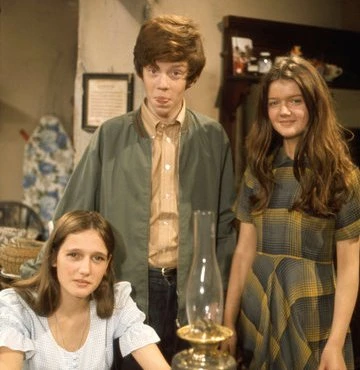
In 1971, story was adapted into a full-length drama. The production remained true to the original novel, preserving its emotional complexity and depth. Fiona Kennedy portrayed Perdita, capturing the essence of a character who foreshadowed the thoughtful, isolated female protagonists that would later appear in dramas like Lizzie Dripping and A Little Princess as well as countless others. Kennedy appeared in The Wicker Man before going on to become a Scottish folk singer and TV presenter. The other child leads were more familiar to viewers. Spencer Banks (who played Tim) had enjoyed great success in Timeslip and Gillian Bailey (Janey) had starred in Here Come the Double Deckers!. Scottish character actress Helena Cloag who played Annie MacLaren, had appeared in - among other shows, Dr. Finlay’s Casebook, John Abineri (Smith) was a prolific character actor who would go on to make over 200 TV appearances up until 1999 and Barry Linehan (Jones) was another well-known face who graced our TV screens from 1961 to 1993.
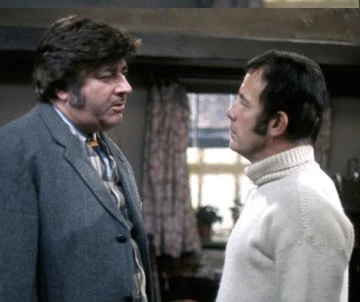
A feature length TV movie was made by the American production company Hallmark Entertainment in 1996 (but not seen in the UK until 1999). Watching it you would have thought you were viewing a completely different story. Annie is now a young woman who is having a romantic relationship with her lodger (Smith), and Janey has been written out completely. To add insult to injury – Perdita is now English. The whole production, especially the preposterous ending, was an unmitigated disaster, leaving the BBC’s adaptation as the definitive version.
Seen this show? How do you rate it?
Seen this show? How do you rate it?
Published on June 18th, 2025. Written by Percival Wexley-Smith for Television Heaven.



